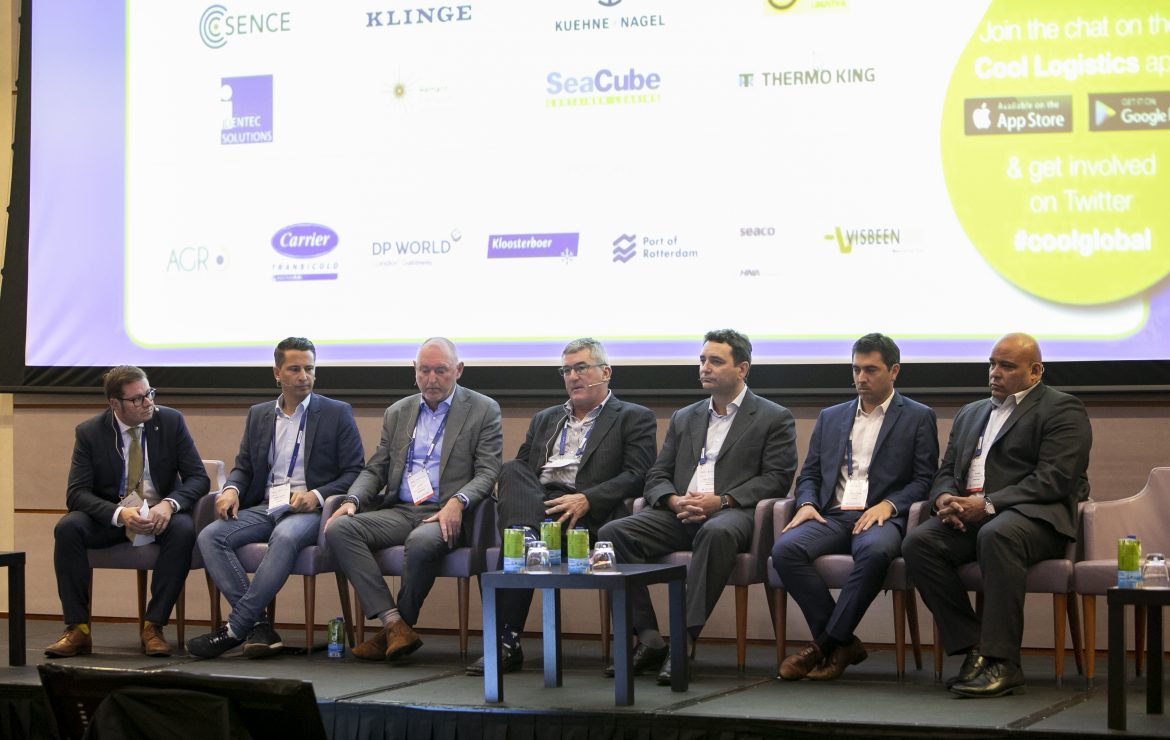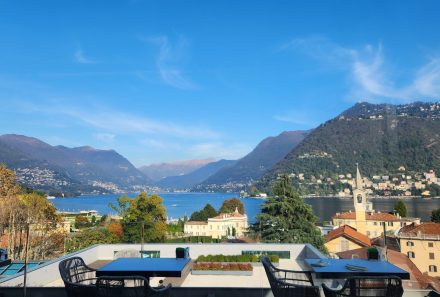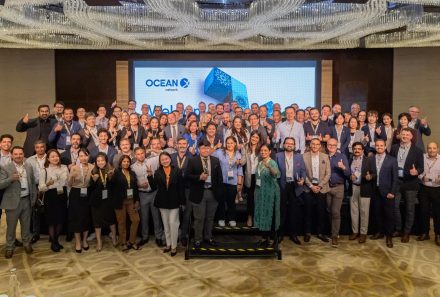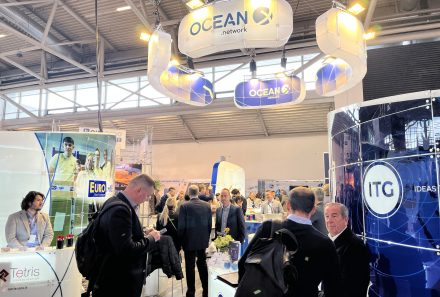
Cool Logistics Global 2019 – Afterthoughts
Our director, Ruben Huber, as part of our strategic partnership with Cool Logistics, took part again at Cool Logistics Global conference, this year in Valencia. Rather than a report, he shared some thoughts on current cold chain trends and developments in this article.
“An exciting conference has ended last week, with the 11th Cool Logistics Global in Valencia. It was a pleasure being part of this great event again with OceanX, meeting and discussing the latest in the perishable supply chain exchanging with the key people in the industry. Again I was having the honour to co-moderate the first day workshop together with Rachael White, including the reefer monitoring panel discussion, bringing together the leaders in cool chain telematics.
On market growth, Seabury (+7% p.a.) and the carriers (MSC – No crisis for reefers!) have been very bullish for reefer trade growth, while Drewry (+4%) and SeaCube (+4.5%) were a bit more conservative on the outlook. However, overall refrigerated trade, will continue to expand. Using the words of SeaCube’s Robert Sappiro: „You might not buy that second pair of sneakers or another flat TV but you want blueberries in your cornflakes also in the winter.“
While uncertainty will remain a factor for supply and demand, be it due to the TR4 virus threatening Bananas, IMO2020 impacting specialised reefer ships, or uncertain retirement schedules for equipment and new orders, this is just the tone of our time.
Rather than a report on the contents of the conference, the following is more of an opinion piece, along some of the key industry trends, covering supply side consolidation, food waste reduction and packaging waste, telematics and technology, as well as the opportunities through digital customer experiences that connect growers and consumers.
Supply Side Consolidation
It is certainly interesting to note, that apart from consolidation among container carriers, also the amount of suppliers for equipment, refrigeration machinery, etc. has continued to shrink, with dependence on fewer and fewer players rising.
A development driven by commoditisation and low returns that creates short term savings for growers and retailers but longer term will see only losers. The decay of the European trucking market, with its lack of drivers being an illustrative anecdote of our time.
Perishables & Imperishables
Along our perishable supply chain, from farm to fork, food waste remains critically high. While the first mile at the producer and certainly the last mile in the household of the consumer are still taking a lion’s share, also on the main leg that is in the hands of logistics providers, we continue to strive for improvements. I tend to say it is an exciting race against decay, that only knows winners and where smart solutions help to make a difference.
However, one of the weapons used to win this race, is packaging, often based on imperishable plastic, which rightly sees more and more pressure and scrutiny in our time. Consumers are finally becoming more conscious of it and the first retailers are reacting, offering packaging free foodstuffs or using bio degradable ones. This certainly has a downstream impact on logistics, as it does not make sense to remove packaging just from the eyes of the consumer, conducting lip service.
So we find ourselves in the quandary, of trying to avoid food waste on the one hand and minimising packaging on the other, while continuing to supply over great distances. A situation that reminds one sometimes of the old times of short and local supply chains, the milk man with reusable glass bottles, the market veggie in newspapers.
Telematics & Technology
During our panel discussion we noted the explosion of the telematics market and the long awaited wake up momentum on the carrier side. With several lines finally jumping on the band waggon and IoT becoming mainstream.
Challenges on standards and interoperability remain, also the fact that many providers, serve different stakeholders on the chain and thus cargo might end up being tracked multiple times by multiple devices. The tracker of the shipper in the package, the sensor on the intelligent pallet, the device on the container, the one on the plug, the one on the ship, the one on the rail car, all living parallel lives. Until in some more distant future, the pieces will no doubt find their way together through collaboration, market consolidation, or product expansion of the different providers. It was pleasant to note that we have some progress already with the key players building workgroups on standards that are on a promising track and the different innovators commending each others efforts, driving the industry forward gradually.
However, what is the value proposition of tracking and monitoring? The end consumer does not care about that information. He desires availability. Thus the value out of tracking, monitoring and data must be generated inside of the chain, through higher efficiency, less loss of product, consequentially lower cost and thus better planning and availability of produce for the consumer.
Consumer engagement
While IoT might finally give the cargo a voice, several interesting initiatives using blockchain technology are trying to overcome the trust challenge and establish a digital bridge between growers and consumers, telling the story of the product. Transparency thereby intended as an enabler to drive sustainable production, waste reduction and healthy distribution of profits throughout the chain.
The question however being whether this will be enough to gain traction. The choice to buy produce (for example vegetable, milk and eggs) from a local farmer often already exists in Europe for example, where trust is not the concern, but price and convenience let consumers still make different choices.
Unfortunately look and feel still are the key criteria for consumers and associated with the sales channel they buy it from, rather than the actual grower. With retailers likely having little interest to change that. Maybe the younger generation, those attending the „Fridays for the future“ demonstrations, will make smarter choices and drive the shift. Some positive examples certainly exist. Time will tell.
The closing tale
Two almost philosophical ghosts entered the debate over these days in Valencia, the invisible hand of Adam Smith and the tragedy of the commons.
Doing the right thing for the right things sake or just out of convenience? If the result is right, the way there, might not matter. Lack of capacity will hurt hard enough at some stage and market equivalent will be re-established with higher prices. Players might act in their own favour only and thereby unintentionally do the right thing.
Whilst some might argue that scale focus would even make food waste a good thing, as the one third lost in transit is also paying freight, others might state that a capacity crunch creates the pressure needed to curb food waste. More data that is put to use smartly and in the face of lacking equipment, will certainly help the payers of the bill to move their produce more efficiently.
The challenges of the future are no doubt the ethical ones, technically a lot is possible.”


About OceanX
OceanX is a non – exclusive global network of leading ocean freight providers and NVOCCs dedicated to delivering bespoke innovative solutions, in particular on FCL services, LCL consolidation, dangerous goods and chemical logistics, temperature control, as well as project cargo handling.



